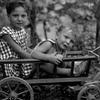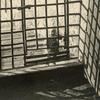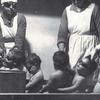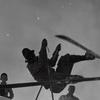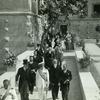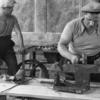Sergio Perdomi (1887-1935). The photographer of the "Tridentine Venice"
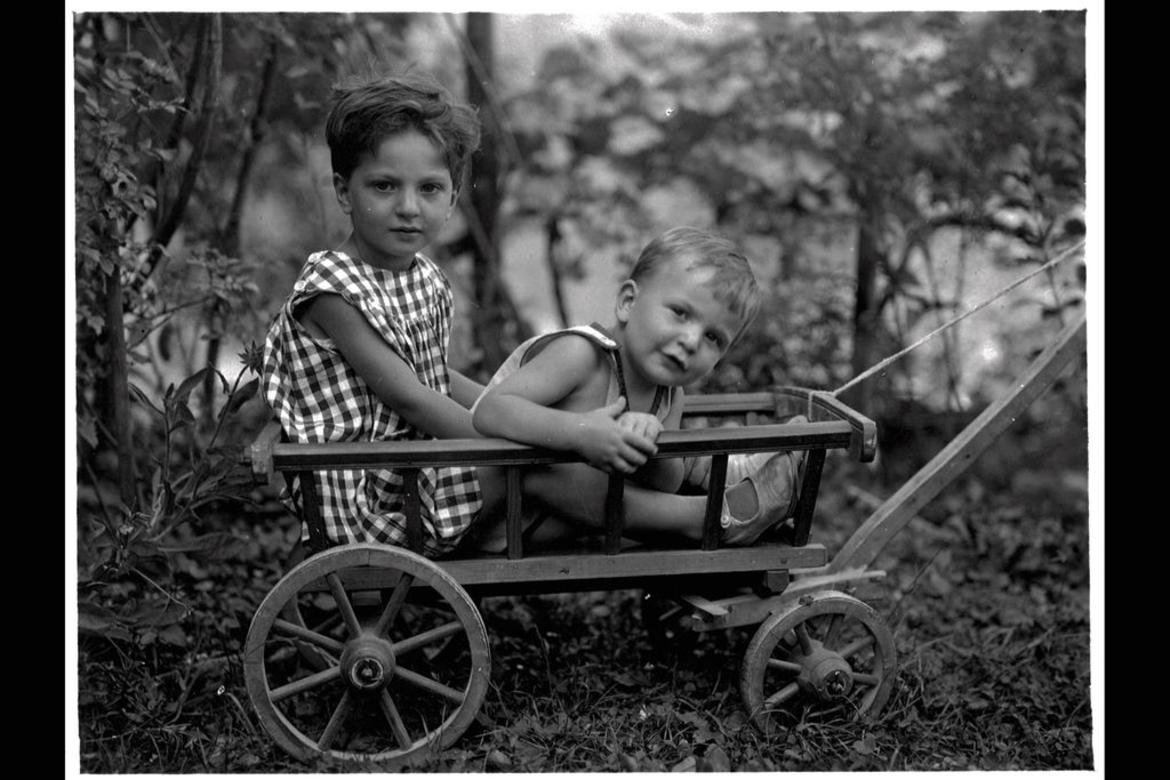
He is remembered as "the photographer of the region's monuments, works of art, natural beauty and buildings in general".
The first exhibition entirely dedicated to Sergio Perdomi, who from 1919 was a valued collaborator of the Fine Arts Office, later royal Superintendence of Trento, proposes a surprisingly topical experience of storytelling through images of the cultural landscape of Trentino-Alto Adige/Südtirol as it was one hundred years ago.
The monographic exhibition Sergio Perdomi (1887-1935). Il fotografo della Venezia Tridentina | The photographer of the "Tridentine Venice", curated by Katia Malatesta and Maddalena Ferrari, based on an exhibition project by Roberto Festi, is on display in the rooms of the Castello del Buonconsiglio, a few steps away from the premises that the author used as his studio and residence.
A rich selection of 175 photographs, with over 150 original prints, reflects the multifaceted personality of the photographer, by giving evidence of the atmospheres - and contradictions - of a 15-year period of interventions and transformations that indelibly marked the cities and the regional territory. The itinerary bears witness to the close association that united Perdomi with Trentino's first superintendent, Giuseppe Gerola, who was acutely aware of the role of photography in the protection of a heritage devastated by wartime events and in documenting reconstruction.
An extensive focus is dedicated to the Buonconsiglio Castle, which the photographer had the privilege of visiting 'from the inside' and of recounting every phase of its transformation from abandoned barracks to a splendid house of art and memory.
Thanks to a functional if still bulky equipment, the author introduced a new, dynamic form of photojournalism in Trentino, by regularly signing the chronicle of events, ceremonies and official visits.
In addition to the lively cross-section of the social life and economy of the area, there is also the personal and intimate exercise of portraiture and the extensive photographic campaigns carried out for the Opera nazionale di assistenza all'Italia redenta (ONAIR), which opened up important perspectives on the condition of women and the natalist and educational policies promoted by the Fascist regime.
The exhibition was conceived and organised by the Provincial Historical Photographic Archive of the Department for Cultural Heritage and Activities, in collaboration with the Buonconsiglio Castle - Monuments and Provincial Collections, in collaboration with the Mart, the Trentino history museum foundation and the Department for Cultural Heritage of Bolzano.
